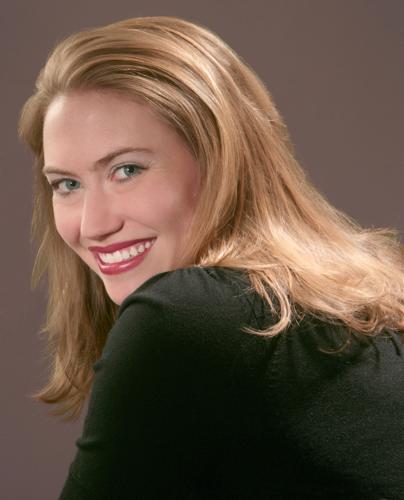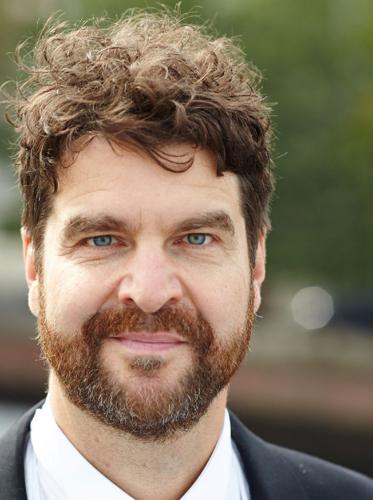The Tucson Symphony Orchestra Chorus will perform its first ever Brahms “A German Requiem” as part of the fifth annual Tucson Desert Song Festival.
“The piece gets performed a lot around the world, but you won’t hear it in Tucson for a decade or so. It’s a piece that presents a lot of challenge for everyone,” said TSO Chorus Director Bruce Chamberlain. “The solos are challenging. It’s like playing a seven-movement Brahms symphony and the chorus sings in every movement. We are central and it’s a huge effort for us.”
And one that can only be done if you have the proper solo voices.
Enter the dynamic young bass-baritone Andrew Craig Brown and the rising star soprano Heidi Stober. The pair have the vocal muscle to match Brahms’ challenging masterpiece, Chamberlain said.
Brahms wrote the text in German based on Martin Luther’s German translation of the Bible rather than the traditional Roman Catholic requiem liturgy in Latin that Mozart and Verdi followed. The work has seven movements spanning anywhere from 65 to 80 minutes.
“This is without doubt one of the monuments of choral orchestral repertoire,” said Chamberlain, who started working on the piece with the choir in September. “It’s Brahms’ single largest piece out of all of his compositions. And it is just a thrill to be around. It’s such a wonderful work.”
This will be Stober’s first Brahms requiem since shortly after completing her professional training with the Houston Grand Opera in the mid-2000s. Stober, who lives in Germany with her husband and young son, said she was excited to return to the piece now that she has gained a better understanding of Germany and the language.
“I’m really looking forward to it. I think the Brahms requiem is incredible. It’s very different from Mozart requiem or Verdi requiem,” she said.
Unlike the Verdi and Mozart requiems, which the TSO has performed numerous times in its 88-year history, Brahms’s “A German Requiem” focuses on the living, not the dead.
“There’s something even more soulful ... having so much hope and connection to the afterlife, to someone who leaves us,” said Stober. “I find it incredibly moving. It’s about who the people are who are left and how they are going to cope.”
“This is a piece that is for comfort for those who are left behind,” said Chamberlain, who also directs choral activities at the University of Arizona Fred Fox School of Music.
“This is not a piece that memorializes the dead but is comforting for people left behind and finding meaning for life.”
Stober said the Brahms is a vocal workout for the soprano soloist, who is tasked with the challenging fifth-movement mother’s lament aria with its “very, very long, beautiful phrases.”
“That very first line it’s, oh my gosh, here we go,” she said. “It’s a very long vocal line. You’ve been sitting there waiting a while and then you need to have the poise and the calm to just have a start of an aria like that. It’s certainly a challenge, but incredibly beautiful.”
The TSO last performed the Brahms requiem in 2002 with the University of Arizona Symphonic Choir. The TSO Chorus was formed the following year, debuting with the orchestra in Handel's "Messiah" in December 2003.







